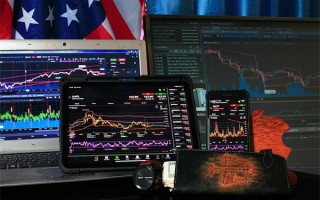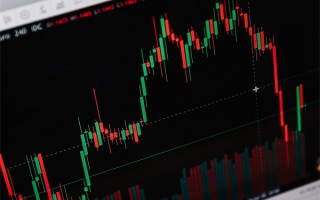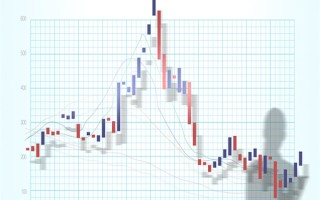Understanding the GBP/USD Currency Pair: Common Queries and Insights
Investors and traders often find themselves analyzing the GBP/USD currency pair, as it represents a significant portion of the global financial market. This pairing, also known as Cable, is a vital tool for those looking to gauge the economic health of both the United Kingdom and the United States. Here are some common questions about the GBP/USD pair, along with detailed answers to help you navigate the complexities of this currency exchange rate.

What factors influence the GBP/USD exchange rate?
The GBP/USD exchange rate is influenced by a variety of factors, including economic indicators, political events, and market sentiment. Key factors include:
- Economic Indicators: Data such as GDP growth, inflation rates, and employment figures can significantly impact the exchange rate. For instance, strong economic growth in the UK may strengthen the pound against the dollar.
- Political Events: Political stability and major events, such as elections or referendums, can cause volatility in the currency pair. For example, the Brexit referendum in 2016 had a profound impact on the GBP/USD rate.
- Market Sentiment: Investor confidence and sentiment towards the UK and US economies can drive currency movements. If investors are optimistic about the UK's economic prospects, they may buy pounds, increasing its value against the dollar.
- Interest Rates: Central bank policies, particularly those of the Bank of England and the Federal Reserve, can have a significant impact. Higher interest rates can attract foreign investment, strengthening the currency.
How can I interpret the GBP/USD trend on a chart?
Interpreting the GBP/USD trend on a chart involves analyzing various technical indicators and patterns:
- Trend Lines: These can help identify the overall direction of the currency pair. An upward trend line indicates a bullish market, while a downward trend line suggests a bearish market.
- Support and Resistance Levels: These are price levels where the currency pair has repeatedly struggled to move above or below. Traders use these levels to anticipate future price movements.
- Technical Indicators: Tools like the Moving Average Convergence Divergence (MACD) or Relative Strength Index (RSI) can provide insights into the momentum and overbought/oversold conditions of the currency pair.
- Chart Patterns: Patterns like head and shoulders, triangles, and flags can indicate potential reversals or continuation of trends.
What are the risks associated with trading the GBP/USD pair?
Trading the GBP/USD pair carries several risks, including:
- Market Volatility: The currency pair can be highly volatile, especially during major economic announcements or political events.
- Leverage Risks: High leverage can amplify gains but also magnify losses. Traders must manage their leverage carefully to avoid significant financial losses.
- Economic Uncertainties: Economic downturns or geopolitical tensions can lead to sudden shifts in the currency pair's value.
- Interest Rate Differentials: Changes in interest rates can affect the currency pair's value, and traders must stay informed about central bank policies.
How can I stay updated with the latest GBP/USD news and analysis?
Staying informed about the GBP/USD pair is crucial for successful trading. Here are some ways to stay updated:
- Financial News Websites: Websites like Bloomberg, Reuters, and CNBC provide up-to-date news and analysis on the global economy and currency markets.
- Market Analysis Platforms: Platforms like TradingView offer real-time charts, technical analysis tools, and community-driven discussions.
- Financial Newsletters and Blogs: Subscribing to newsletters and blogs from experienced traders and financial analysts can provide valuable insights.
- Social Media and Forums: Following relevant hashtags, joining forums, and engaging with other traders can offer a wealth of information and perspectives.







